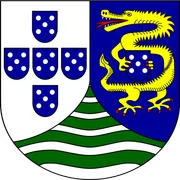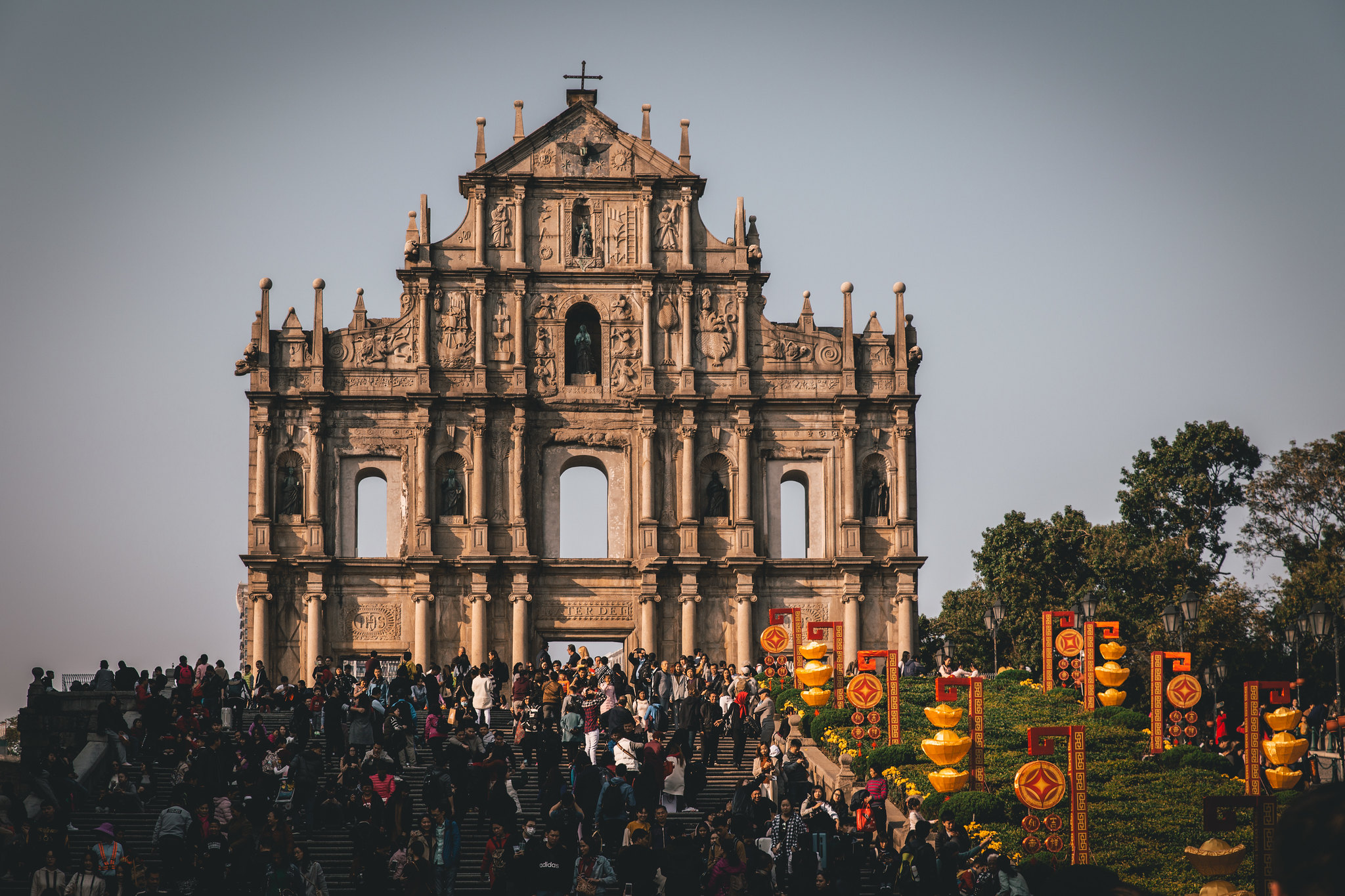Standing tall amidst the bustling streets of Macau, the Ruins of St. Paul’s is a testament to the city’s rich history and cultural heritage. This iconic landmark, with its intricate facade, has become a symbol of Macau’s past and a must-see attraction for visitors from around the world. As you approach the site, you can’t help but be awestruck by the sheer grandeur of the remaining front wall of what was once the Church of St. Paul.
Built in the early 17th century, the church was originally part of the College of St. Paul, a Jesuit complex that served as a center for education and religious activities in the region. Sadly, a fire in 1835 destroyed most of the structure, leaving only the magnificent facade and a few stone steps leading up to it. Despite this tragedy, the ruins have become an enduring symbol of Macau’s colonial past and its unique blend of Eastern and Western influences.
The facade itself is a masterpiece of baroque architecture, showcasing an impressive array of intricate carvings and religious symbolism. As you gaze upon the structure, your eyes are drawn to the ornate details that cover every inch of the stone surface. At the very top, a triangular pediment features a dove surrounded by stone carvings of the sun, moon, and stars, symbolizing the Holy Spirit and the heavens.
Moving down the facade, you’ll notice a series of tiers, each filled with religious imagery and symbolic representations. The upper tier showcases statues of Jesuit saints, including St. Ignatius Loyola, the founder of the Jesuit order. Below this, you’ll find depictions of the Virgin Mary and various scenes from the life of Jesus Christ. What’s particularly fascinating about these carvings is the blend of European and Asian artistic styles, reflecting the cultural exchange that took place in Macau during the colonial era.
One of the most intriguing aspects of the facade is the inclusion of Chinese characters and motifs alongside traditional Christian imagery. This fusion of Eastern and Western elements is a unique feature of the Ruins of St. Paul’s and serves as a visual representation of Macau’s multicultural history. For instance, you might spot Chinese lions or a Portuguese ship carved into the stone, highlighting the city’s role as a meeting point between two vastly different cultures.
As you explore the site, you’ll notice that the ruins are more than just a beautiful facade. Behind the wall, you can descend into the foundations of the former church, where you’ll find a small museum showcasing artifacts recovered from the site. This underground area also houses the remains of Japanese and Vietnamese Christian martyrs, adding another layer of historical significance to the ruins.
The Ruins of St. Paul’s isn’t just a static monument; it’s a living part of Macau’s cultural landscape. Throughout the year, the site plays host to various events and festivals, drawing locals and tourists alike. During Chinese New Year, for example, the facade is illuminated with colorful lights, creating a stunning backdrop for celebrations.
As you stand before the Ruins of St. Paul’s, it’s impossible not to feel a sense of wonder at the craftsmanship and artistry that went into creating this architectural marvel. The facade serves as a window into Macau’s past, offering glimpses of the city’s colonial history, religious heritage, and cultural exchanges. It’s a reminder of the power of art and architecture to transcend time and continue inspiring generations long after their creation.
In the end, the Ruins of St. Paul’s is more than just a tourist attraction; it’s a symbol of Macau’s resilience and ability to blend diverse influences into something truly unique. As you leave the site, you’ll carry with you not just memories of a beautiful facade, but a deeper appreciation for the rich tapestry of history and culture that makes Macau such a fascinating destination.
The Ruins of St. Paul’s stand as an iconic symbol of Macau’s rich cultural heritage, blending Portuguese and Chinese influences. This 17th-century Jesuit church facade, now a UNESCO World Heritage site, serves as a testament to the city’s colonial past and religious history. Despite being ravaged by fire in 1835, the remaining facade continues to attract tourists from around the world, offering a glimpse into Macau’s architectural grandeur and historical significance. The site’s enduring popularity and careful preservation underscore its importance as a cultural landmark and a bridge between East and West.

